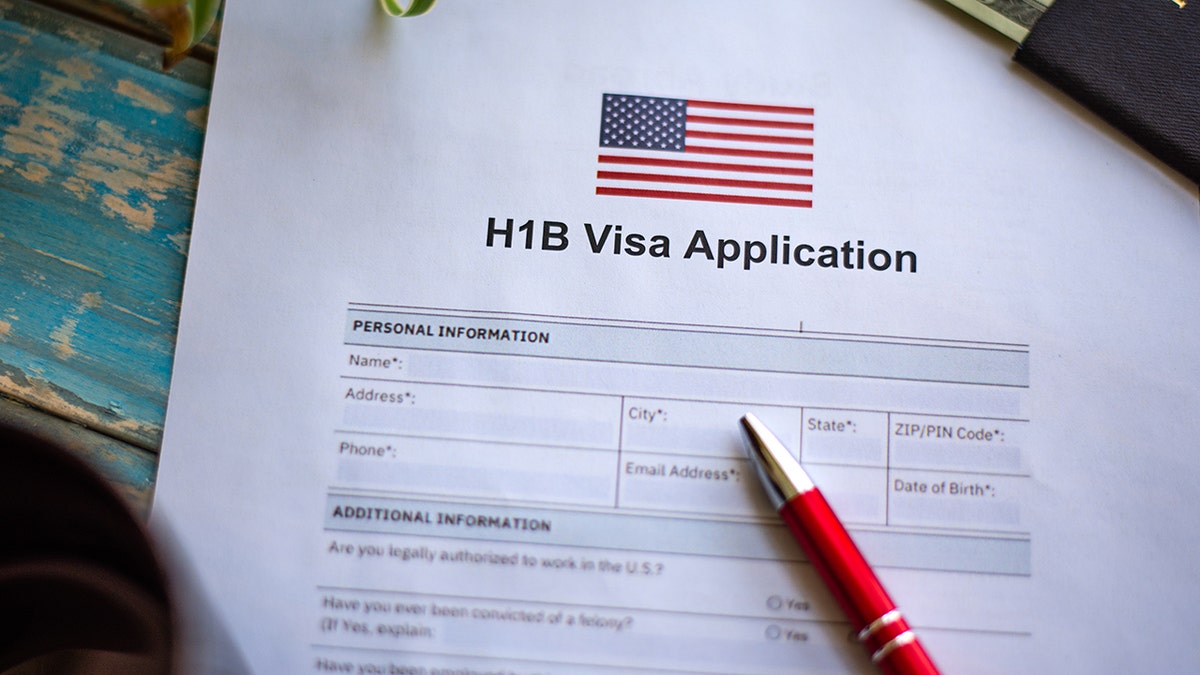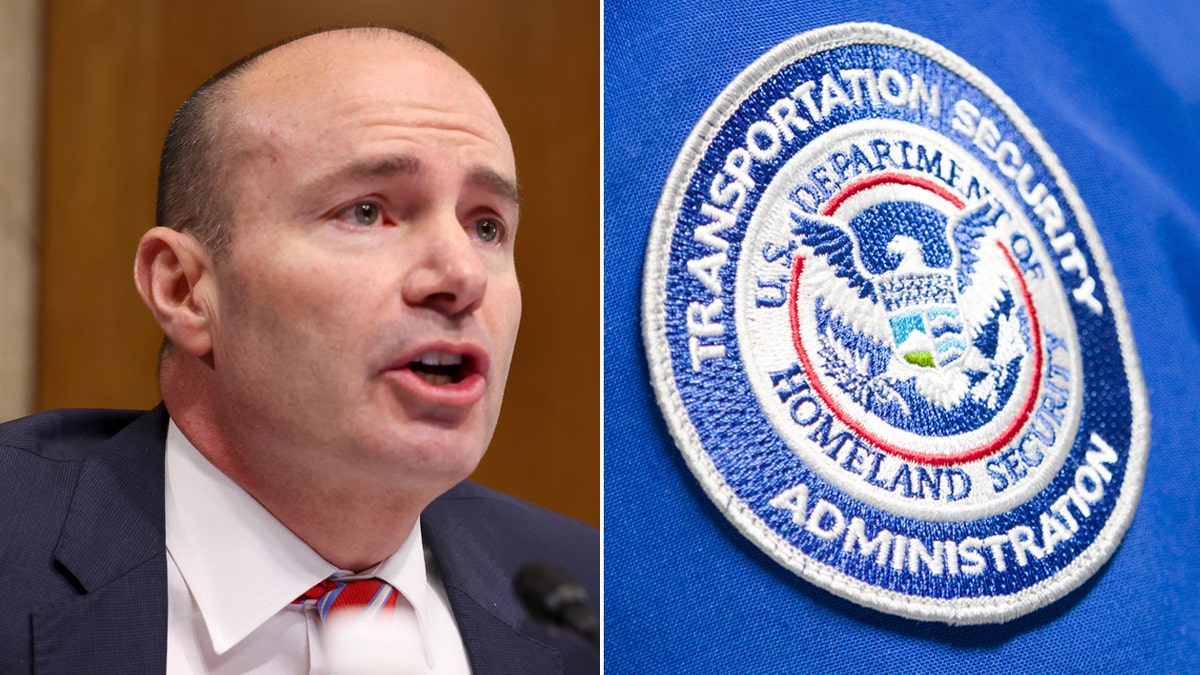Following adjustments to its LGBTQ+ Pride merchandise displays, Target stores across several states received bomb threats, highlighting the ongoing controversy surrounding the retailer's approach to Pride Month. The threats, received in locations including Oklahoma, New York, New Hampshire, Vermont, and Louisiana, alleged that Target had "betrayed" the LGBTQ+ community by reducing the visibility of certain Pride items. No explosives were found.
The modifications to the Pride displays were implemented after initial complaints from conservative groups about the inclusion of children's Pride merchandise and items like tuck-friendly swimsuits. This move then sparked backlash from the LGBTQ+ community, who felt that Target had given in to pressure from extremist groups.
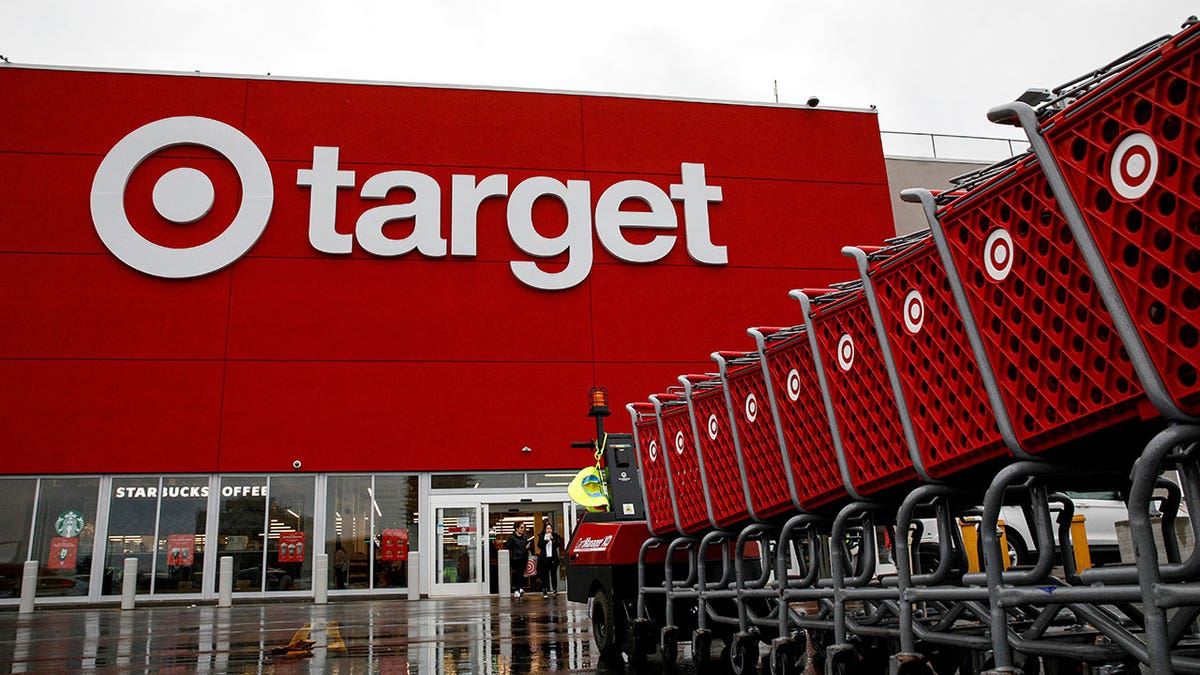
According to reports, some of the bomb threats referenced the Oklahoma City bombing, adding to the heightened tension. Law enforcement responded to the threats, and stores were deemed safe after investigations.
The controversy mirrors other recent situations where corporations have faced backlash over their public stances on social issues. Target's decision to adjust its Pride displays came after internal discussions about avoiding a similar outcome to the Bud Light controversy, which saw significant consumer backlash and financial repercussions for the brand.

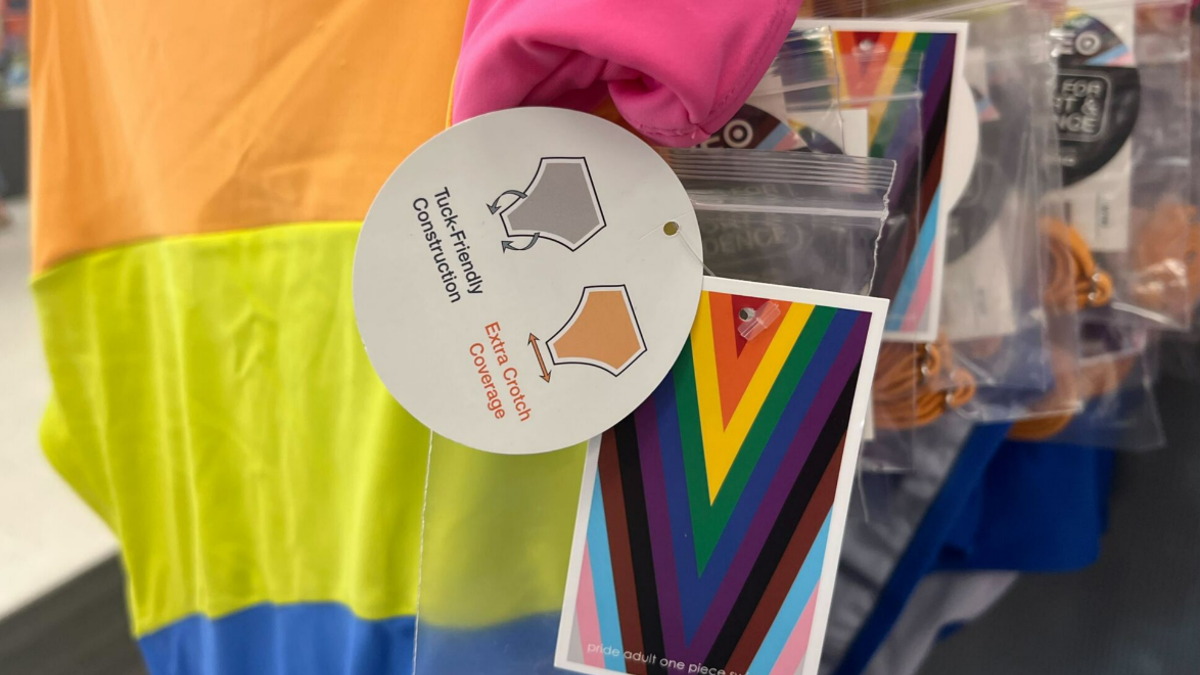
The situation has placed Target employees in a difficult position, caught between opposing viewpoints from customers. Reports indicate that many employees were uninformed about the changes to the Pride displays, further adding to the confusion and frustration.
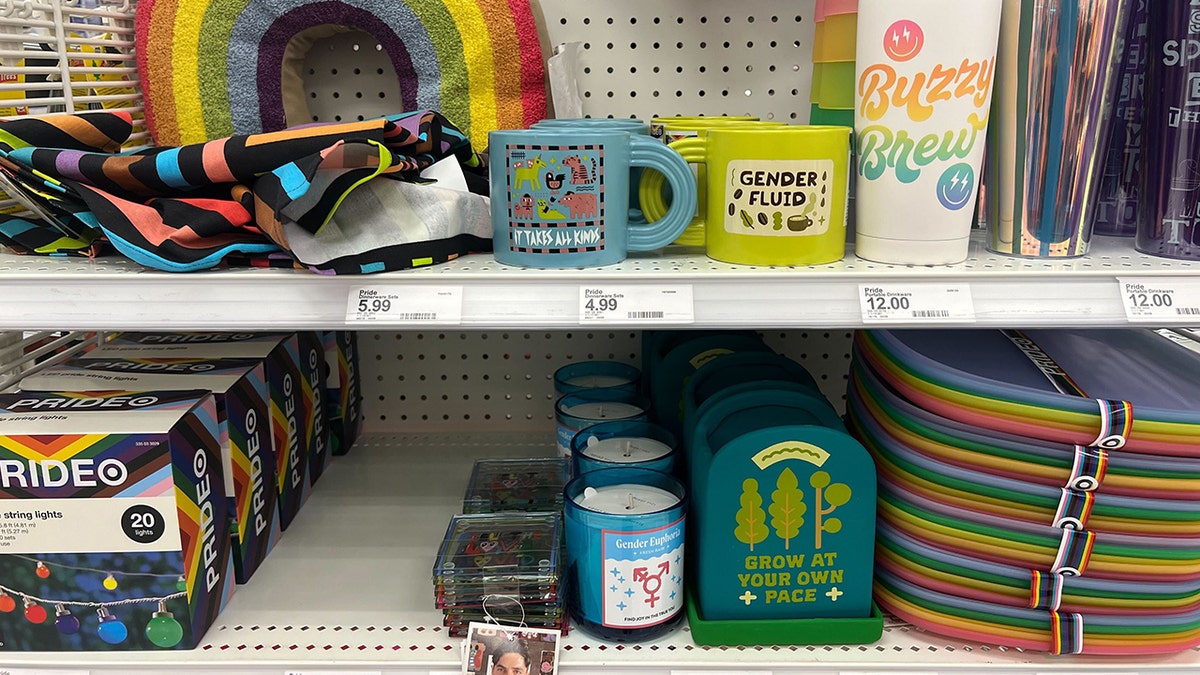
Target's partnership with GLSEN, a K-12 education group advocating for LGBTQ+ inclusion in schools, has also drawn criticism. Some critics have raised concerns about GLSEN's stance on parental notification regarding gender transition and the inclusion of certain books in school libraries.
The retailer also faced scrutiny for its association with designer Erik Carnell, whose brand incorporates occult imagery. These combined controversies have contributed to a significant decline in Target's market capitalization.


